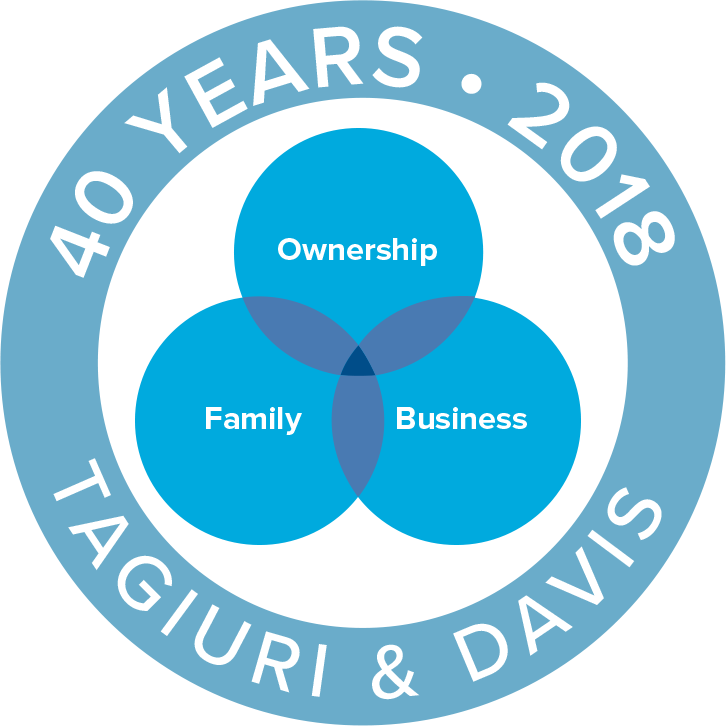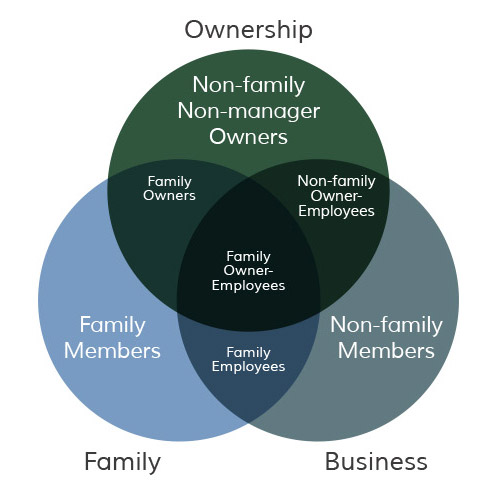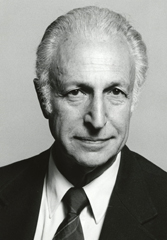It quickly became, and continues to be, the central organizing framework for understanding family business systems, used by families, consultants and academics worldwide.
This framework clarifies, in simple terms, the three interdependent and overlapping groups that comprise the family business system: family, business and ownership. As a result of this overlap, there are seven interest groups present, each with its own legitimate perspectives, goals and dynamics. The long-term success of family business systems depends on the functioning and mutual support of each of these groups.
READ THE ARTICLE:
How Three Circles Changed the Way We Understand Family Business
Professor Renato Tagiuri and doctural student, John Davis, had no idea that they were inventing a game-changer. In 1978 at Harvard Business School, they sought to explain the dynamics, roles, issues, and tensions in family business sytems. The Three-Circle Model, just as relevant today, remains the dominant paradigm used worldwide for understanding and analyzing family business systems. READ MORE
Professor John Davis remembers, “There was so little written on family business in the 1970s. We needed a convenient framework to be able to organize our thinking about how these systems work.”




